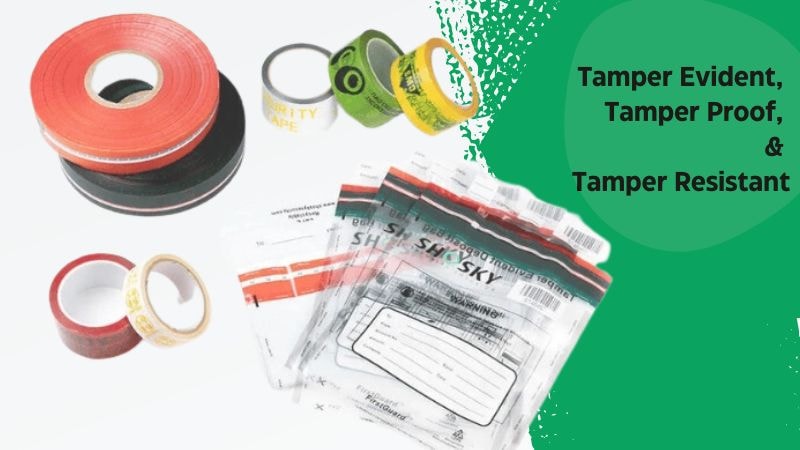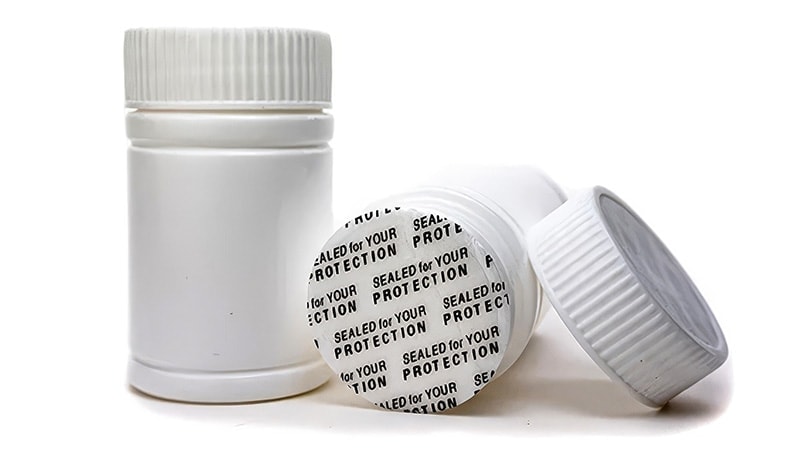Tamper-evident, tamper-proof, and tamper-resistant technologies provide effective solutions for safeguarding valuable assets. But how do they differ, and which one is best for you?
Well, the goal of this article is to explain the differences between these three types of security measures and highlight their applications. So, you can better assess which type of security is most appropriate for your specific needs—whether you’re looking for deterrence, detection, or complete prevention of tampering.
What is Tamper-Evident?
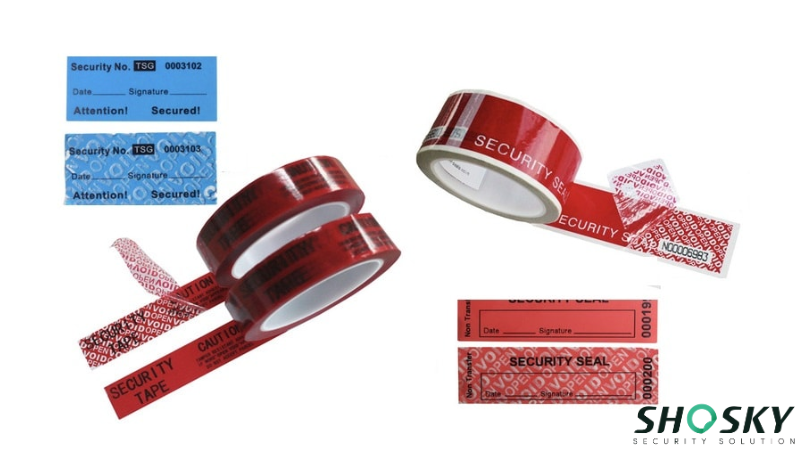
Tamper-evident refers to products or solutions that are designed to clearly show if they have been opened, accessed, or altered in any way. The key characteristic of tamper-evident technology is that it enables the easy detection of tampering.
When a tamper-evident seal, package, or label is compromised, it will display obvious visual indicators such as void marks, broken seals, or damaged labels. This allows users to immediately identify if the integrity of the product or environment has been breached.
Examples of tamper-evident solutions include:
- Tamper-evident seals: These are adhesive seals or labels that leave a clear visual indication (e.g., “VOID” message) when removed or tampered with.
- Tamper-evident packaging: Packaging designed with features like perforated edges or breakaway components that can’t be reassembled without visible damage.
- Tamper-evident labels: Labels that incorporate specialty inks, holograms, or other technologies that are altered or destroyed when the label is removed.
The fundamental purpose of tamper-evident technology is to provide a reliable means of detecting unauthorized access or tampering, enabling the protection of sensitive information, valuable assets, and critical infrastructure.
What is Tamper-Proof?

Tamper-proof refers to products or solutions that are designed to completely resist any form of tampering or unauthorized access. Tamper-proof technology is engineered to make it virtually impossible to access or alter the contents without causing significant, irreversible damage that is immediately apparent.
Examples of tamper-proof solutions include:
- Tamper-proof packaging: Sealed containers, bottles, or packages that can only be opened by breaking, tearing, or destroying a specific locking mechanism or security feature.
- Tamper-proof security seals: Heavy-duty security seals with locking mechanisms that cannot be removed or bypassed without visually obvious destruction.
- Tamper-proof bags: These are rugged, reinforced housings for electronic devices or equipment that prevent unauthorized access to internal components.
Tamper-proof technologies rely on design features like reinforced materials, specialized locking mechanisms, and sealed containers to make it impossible to tamper with the protected item without causing catastrophic, irrefutable damage. This provides the highest level of assurance against tampering and unauthorized access.
What is Tamper-Resistant?
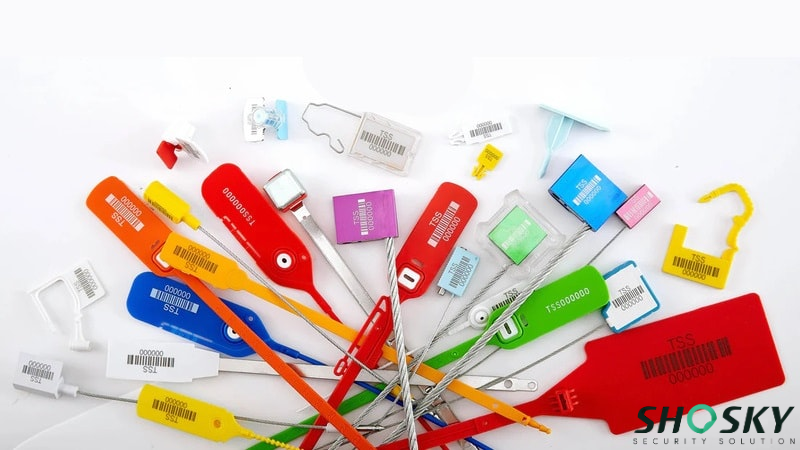
Tamper-resistant refers to products or solutions that are designed to make tampering more difficult, though not necessarily impossible. Tamper-resistant solutions increase the effort, expertise, and tools required to access or alter the protected item, creating a deterrent against casual or opportunistic tampering.
Examples of tamper-resistant solutions include:
- Tamper-resistant packaging: Packaging with reinforced materials, difficult-to-open mechanisms, or other security features that increase the challenge of gaining unauthorized access.
- Tamper-resistant enclosures: Reinforced housings or containers that incorporate security screws, hidden access points, or other design elements to impede tampering.
- Tamper-resistant seals: Adhesive seals or labels that incorporate specialty materials or construction to make removal or reapplication more difficult.
While tamper-resistant technologies do not provide the same level of absolute protection as tamper-proof solutions, they can still effectively deter and detect many types of tampering attempts. By making unauthorized access more difficult, tamper-resistant features provide a valuable layer of physical security.
Key Differences Between Tamper-Evident, Tamper-Proof, and Tamper-Resistant
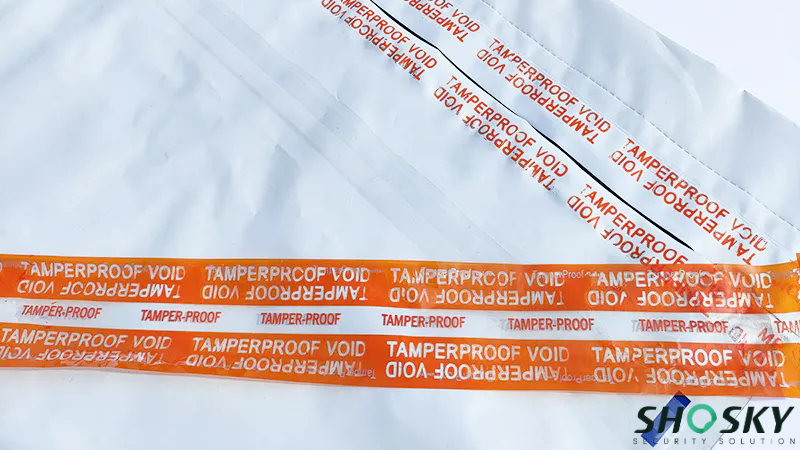
Understanding the distinctions between tamper-evident, tamper-proof, and tamper-resistant solutions is essential for choosing the right level of protection for your products or documents. These technologies serve different purposes and are suitable for various applications based on the level of security you require.
- Tamper-Evident: Designed to detect tampering once it happens, these products provide visible signs of unauthorized access. They don’t prevent tampering but make it easy to identify when something has been altered.
- Tamper-Proof: Prevents tampering entirely, creating a secure barrier that is almost impossible to breach without noticeable damage. These products are typically used for high-value items or sensitive materials.
- Tamper-Resistant: Makes tampering more difficult, deterring unauthorized access, but doesn’t guarantee complete protection. These solutions are ideal when you need to slow down or complicate tampering attempts.
Quick Comparison Chart
| Feature | Tamper-Evident | Tamper-Proof | Tamper-Resistant |
|---|---|---|---|
| Function | Detects tampering | Prevents tampering | Makes tampering more difficult |
| Key Benefit | Provides clear evidence of tampering | Offers maximum protection against tampering | Discourages tampering by increasing difficulty |
| Common Applications | Food packaging, pharmaceuticals, documents | High-security products, electronics, cash transport | Electronics, high-value items |
| Indicators | Void marks, broken seals, damaged labels | Locking mechanisms, sealed containers | Reinforced materials, hard-to-open containers |
| Level of Security | Moderate security, detects issues after they occur | High security, prevents tampering altogether | Moderate to high security, slows tampering |
Each of these technologies has its strengths and is ideal for specific use cases. The right choice depends on your needs—whether you prioritize detection, prevention, or deterrence.
Applications for Each Type

Before diving into each category, it’s important to understand that tamper-evident, tamper-proof, and tamper-resistant solutions have their own strengths depending on the level of protection required. Let’s look at where each type is most commonly applied and how businesses across industries use them to safeguard products, documents, and assets.
Tamper-Evident
Tamper-evident solutions are commonly used in industries where product integrity and traceability are vital. These products are ideal for food packaging, ensuring customers can identify if the packaging has been tampered with.
Pharmaceuticals also rely on tamper-evident technologies to protect medication from contamination or unauthorized access, ensuring consumer safety.
Additionally, confidential documents and sensitive materials benefit from tamper-evident labels or tamper-evident seals to provide proof of any tampering attempts, offering legal protection and security.
Tamper-Proof
Tamper-proof products are crucial in high-security environments where protection against tampering is non-negotiable. For example, electronics often come with tamper-proof seals to prevent unauthorized access, ensuring product safety and avoiding warranty fraud.
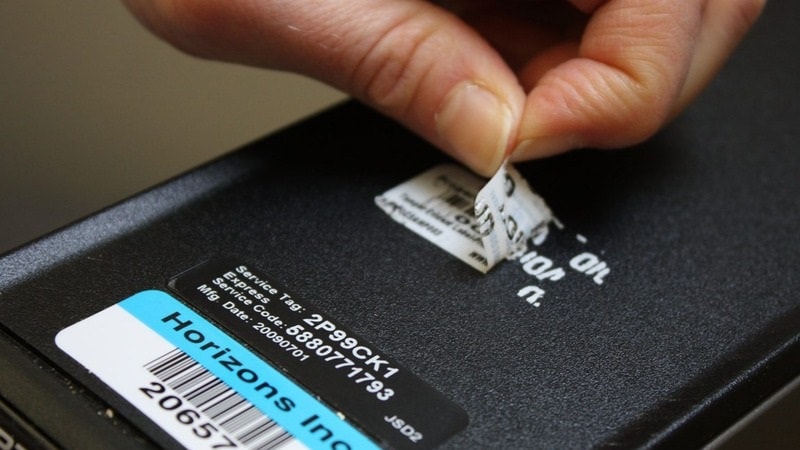
Money bags used for transporting cash also require tamper-proof packaging to guarantee the security of funds during transit. Other high-security items, like sensitive government documents or valuable electronic devices, are safeguarded using tamper-proof technologies to completely prevent unauthorized tampering.
Tamper-Resistant
Tamper-resistant solutions are often applied to electronics and high-value items to discourage tampering or theft. Products like smartphones, laptops, and tablets typically feature tamper-resistant enclosures that make it harder for thieves or unauthorized individuals to access or damage the device.
High-value goods, such as jewelry or expensive equipment, also benefit from tamper-resistant packaging that complicates any attempts to tamper, offering an extra layer of deterrence.
When to Use Tamper-Evident, Tamper-Proof, or Tamper-Resistant?
The selection of tamper-evident, tamper-proof, or tamper-resistant solutions hinges on a careful assessment of the specific security needs and context. Each offers a different level of protection and suitability for various applications. Here’s a detailed breakdown to guide your decision-making process:
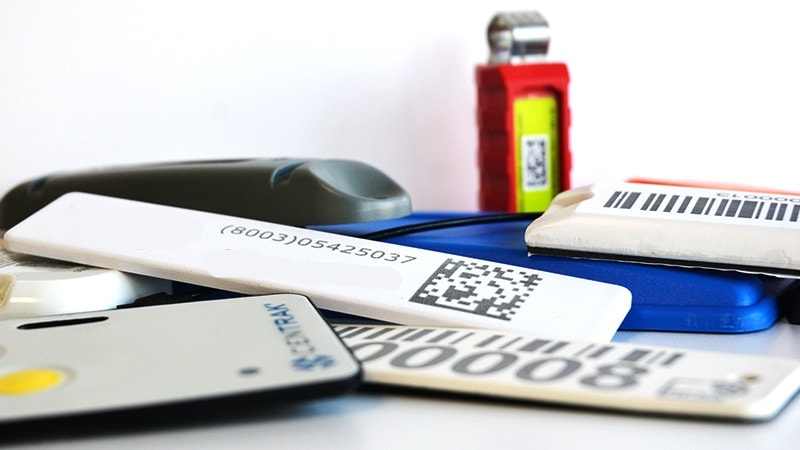
When to Use Tamper-Evident
Tamper-evident solutions are the most appropriate choice when the primary goal is to ensure the integrity of the contents and maintain a clear audit trail. They are ideal in situations where detecting tampering is paramount, even if preventing it entirely isn’t feasible. The focus is on providing undeniable visual evidence of any unauthorized access or manipulation.
Key Scenarios for Tamper-Evident Solutions
- Chain of Custody: Maintaining a verifiable record of handling sensitive items like evidence in legal investigations, pharmaceuticals, or valuable documents. The immediate visual indication of tampering ensures accountability and prevents disputes over the integrity of the item.
- Data Security (Secondary Layer): While not a primary defense, tamper-evident security seals can supplement other security measures for data storage devices or servers. The visual indication of tampering serves as an additional layer of warning, alerting to potential breaches.
- High-Volume, Low-Value Items: For items where the cost of complete tamper-proofing is prohibitive, tamper-evident solutions offer a cost-effective way to deter casual tampering and provide evidence of any unauthorized access.
When to Use Tamper-Proof
Tamper-proof solutions are necessary when absolute prevention of unauthorized access is critical. These solutions are designed to make accessing the contents extremely difficult or impossible without causing significant and obvious damage. The focus is on complete protection, even at the cost of increased complexity and potentially higher costs.
Key Scenarios for Tamper-Proof Solutions
- High-Value Items: Protecting high-value assets like jewelry, electronics, or artwork where the cost of theft far outweighs the cost of tamper-proof protection.
- Sensitive Data: Securing highly confidential information, such as classified documents or sensitive data storage devices, where unauthorized access could have severe consequences.
- Critical Infrastructure: Protecting critical infrastructure components where even a brief period of disruption could be catastrophic. This might include securing access points to servers, network equipment, or other essential systems.
- Pharmaceuticals (Specific Applications): In certain pharmaceutical applications, tamper-proof packaging is crucial to ensure the safety and efficacy of medications, preventing unauthorized access or substitution.
When to Use Tamper-Resistant
Tamper-resistant solutions are a middle ground, offering a balance between security and practicality. They increase the difficulty of tampering, deterring casual attempts, and requiring more effort and expertise to compromise.
While not providing the absolute protection of tamper-proof solutions, they offer a significant increase in security compared to tamper-evident options while maintaining ease of access for authorized personnel.
Key Scenarios for Tamper-Resistant Solutions
- Moderate-Value Items: Protecting items where the cost of complete tamper-proofing is too high, but a higher level of security than tamper-evident solutions is desired.
- Equipment Enclosures: Securing sensitive equipment where complete tamper-proofing might be impractical or overly restrictive. Tamper-resistant enclosures increase the difficulty of unauthorized access, deterring casual attempts.
- Access Control (Physical): In situations where complete prevention of access is not feasible, tamper-resistant locks, doors, or other access control mechanisms can significantly increase security.
- Situations Requiring Regular Access: When frequent access to the protected item is required, tamper-resistant solutions offer a balance between security and usability. The increased difficulty of tampering provides a deterrent without sacrificing ease of access for authorized personnel.
How to Choose the Right Solution for Your Needs
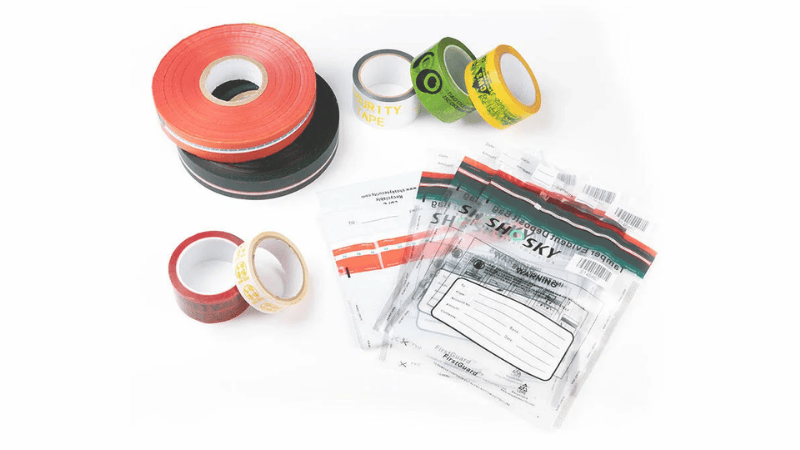
When selecting the appropriate tamper protection for your organization’s needs, it’s essential to carefully weigh several key factors. The type of product or asset you’re securing, the level of security required, the associated costs, and the ease of implementation and use should all be taken into account.
For products or environments where maintaining a clear audit trail and detecting tampering is the priority, tamper-evident solutions are often the most suitable choice. These can be particularly beneficial in industries like healthcare, law enforcement, and logistics, where verifying the integrity of sensitive items is crucial. Tamper-evident seals, packaging, and labels provide a reliable way to immediately identify any unauthorized access or manipulation.
In cases where preventing tampering altogether is of the utmost importance, such as for high-value assets or critical infrastructure, tamper-proof technologies may be the best fit. These robust solutions, often found in industries like electronics, aerospace, and pharmaceuticals, are engineered to resist any attempt at unauthorized access, ensuring the maximum level of protection.
For situations where reducing the risk of tampering is essential, but flexibility is also required, tamper-resistant options can strike a balanced approach. These solutions, which may be employed in equipment enclosures, access control systems, or moderate-value product packaging, make unauthorized access more difficult without completely restricting authorized use.
FAQs
Q1: What products typically use tamper-resistant packaging?
Products requiring a balance between security and ease of access often use tamper-resistant packaging. Examples include electronics, certain food items, and cosmetics.
Q2: Are tamper-proof seals necessary for all products?
No, tamper-proof seals aren’t needed for all products. They are crucial for high-risk items like money bags and medical supplies.
Q3: What is a tamper-evident requirement?
A tamper-evident requirement ensures that products show clear signs of tampering, like broken seals or damaged labels.
Conclusion
Tamper-evident, tamper-proof, and tamper-resistant technologies each serve a unique purpose in protecting valuable assets. Whether you need to detect tampering, prevent it entirely, or deter it, these technologies offer tailored solutions for various industries. By choosing the appropriate technology, you can safeguard valuable assets, maintain product integrity, and enhance overall security.
Secure Your Valuables with Shosky!
When it comes to securing valuable assets, Shosky Security offers the best in tamper-evident, tamper-proof, and tamper-resistant solutions. From tamper-evident labels and bags to tamper-proof seals and resistant packaging, we deliver the highest level of protection for industries like electronics, banking, and logistics. Contact us today to learn more about our innovative solutions!
